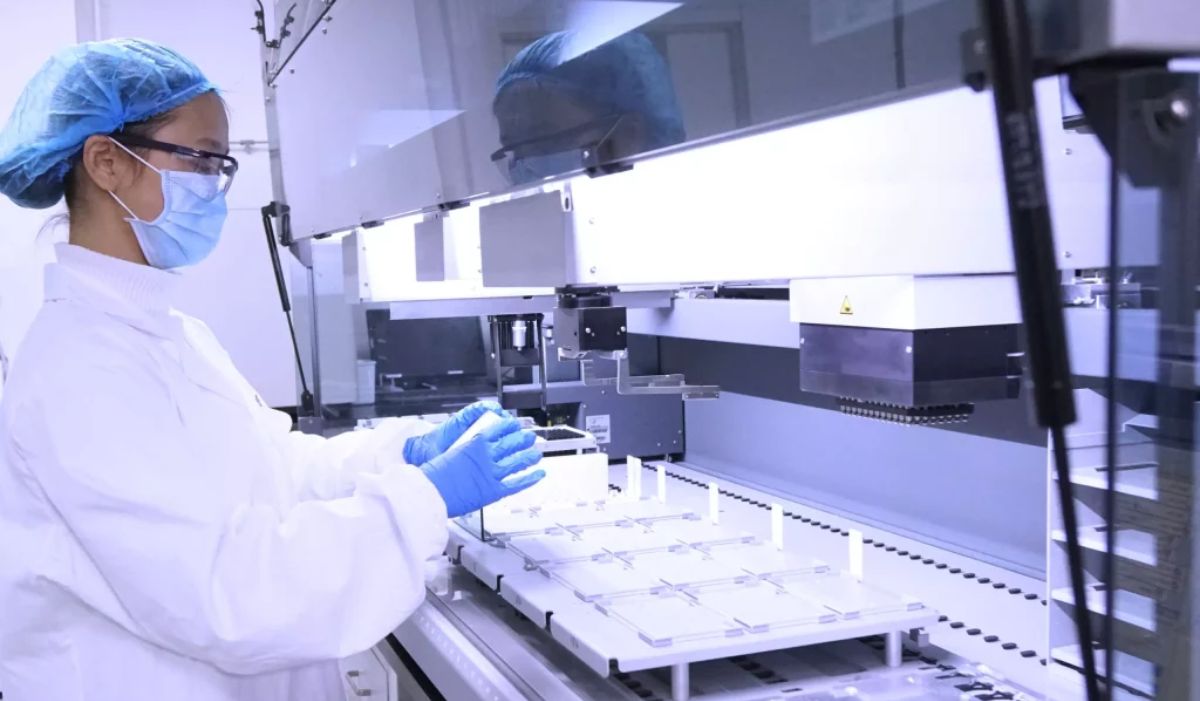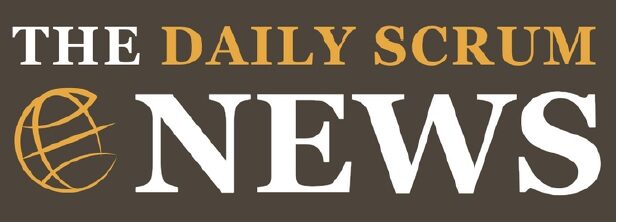Compound Management Market is estimated to be valued at US$ 1,140.1 Million in 2031
- Ronak Shah
- World News
- December 29, 2024

A newly published report by Coherent Market Insights reveals a sustainable growth in opportunities in the compound management market. Coherent Market Insights’ analyst projected the compound management market is estimated to be valued at US$ 1,140.1 Mn in 2031. It is expected to exhibit a CAGR of 14.7% over the forecast period 2024-2031.
Increasing adoption of high throughput screening (HTS) by pharmaceutical and biotechnology companies drives market growth. HTS allows rapid screening of thousands of chemical compounds or biological molecules in order to identify biologically active compounds for producing drugs.
Moreover, increase in research outsourcing activities by pharmaceutical companies also contributes to the growth of market. Contract research organizations provide compound management services to pharmaceutical companies to efficiently manage their chemical molecule libraries.
Key Market Trends:
Automation through use of robotic liquid handling systems and modular storage solutions is a key trend. Automation improves storage capacity, enhances sample integrity, and minimizes manual errors.
Cloud-based platforms: Another trend gaining traction is implementation of cloud-based platforms for compound management. Cloud-based solutions offer data centralization, permit collaboration between research sites, and support compliance with data security and regulatory standards. This is owing to advantages such as easy access, flexible scalability, and reduced infrastructure costs.
Compound Management Market Opportunities
By compound Type: The small molecules segment is expected to dominate the compound management market during the forecast period. Small molecule compounds are widely used in drug discovery and development processes. This is due to their well-established methods of production and characterization techniques. Most pharmaceutical firms focus on developing small molecule drugs owing to advantages such as good ADME properties.
By Application: The drug discovery services segment is anticipated to witness significant growth during the forecast period. Rising outsourcing of drug discovery activities by pharmaceutical companies to CROs is a major factor driving this segment. They also offer compound reformatting, labelling, and sample preparation services using automated solutions.
Key Market Takeaways:
The global compound management market size is anticipated to reach USD 1,140.1 Mn by 2031, at a CAGR of 14.7% during the forecast period from 2024 to 2031. This can be attributed to increasing drug discovery research activities and rising demand for outsourcing.
On the basis of compound type, the small molecules segment is expected to hold the largest market share owing to widespread use of these compounds in preclinical research.
Based on type, the product segment dominates the market and is projected to witness higher growth. This is due to rising adoption of automated systems for efficient compound operations.
By application, drug discovery dominates the market. This is due to extensive small molecule screening in this stage.
North America is expected to dominate the compound management market through 2031. This is due to presence of many pharmaceutical companies and CROs in the region.
Competitor Insights
Key players operating in the compound management market include:
TCG Lifesciences,
Wuxi Apptec,
Icagen,
Evotec,
Biosero
Labcyte
TTP Group
Hamilton Company
Tecan
Brooks Automation
Frontier Scientific
Recent Developments
In November 2023, Sygnature Discovery spent £3.75 million on a new Azenta compound management storage system. This cutting-edge technology improves hit detection and allows pharmaceutical and biotech businesses to store their compound libraries.
In May 2023, eMolecules, Inc. acquired Specs Compound Handling B.V., a firm focused on chemical compound handling in the health sciences sector. Specs improves time and cost efficiency in large-scale drug screening procedures, especially in Europe’s pharmaceutical, biotechnology, and academic sectors.
More information is available in full report








